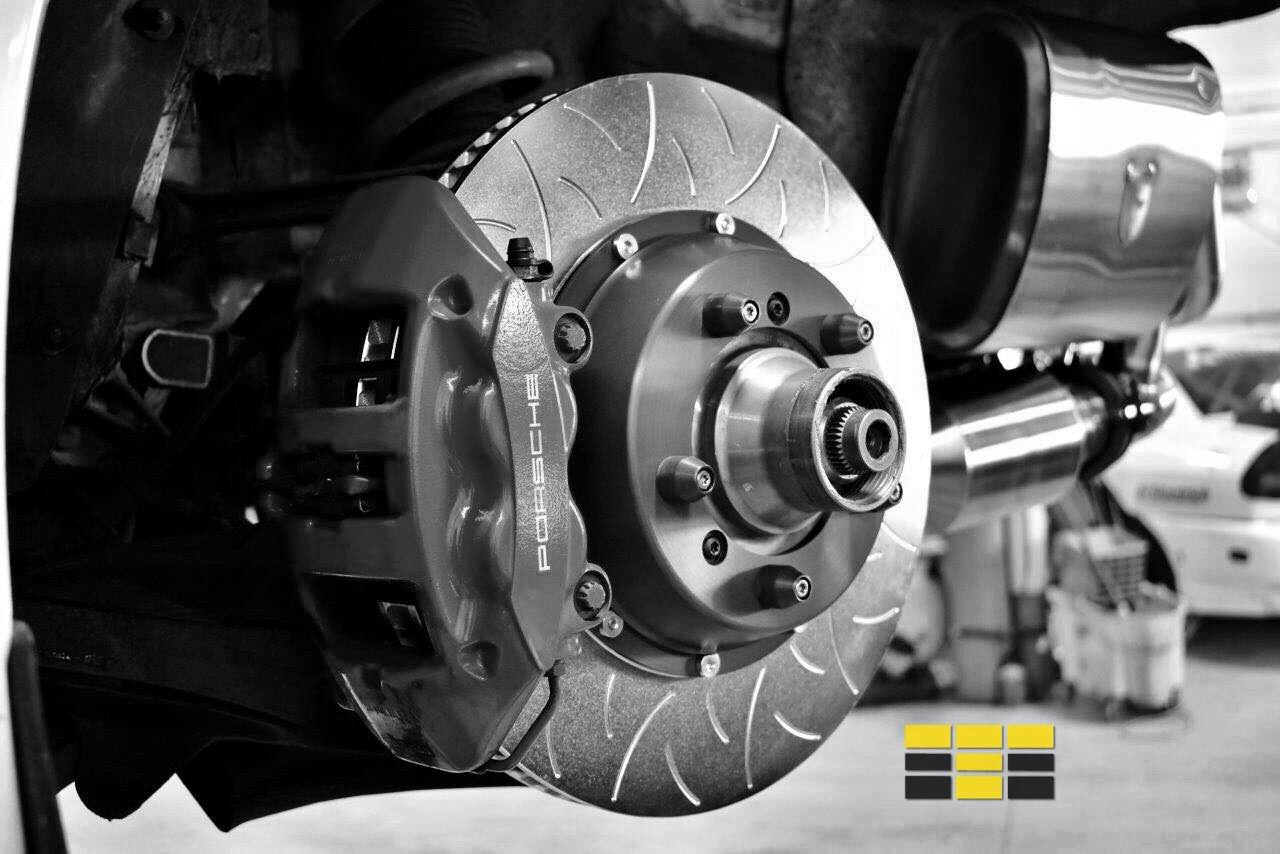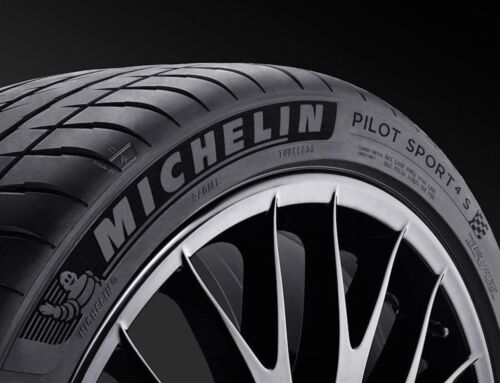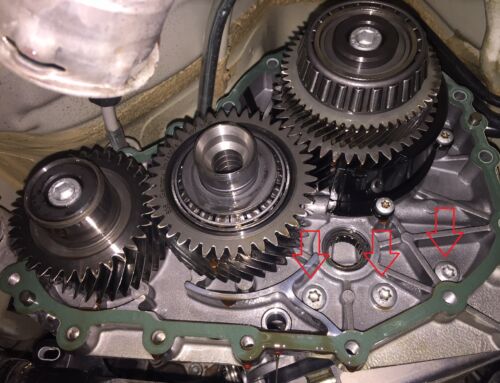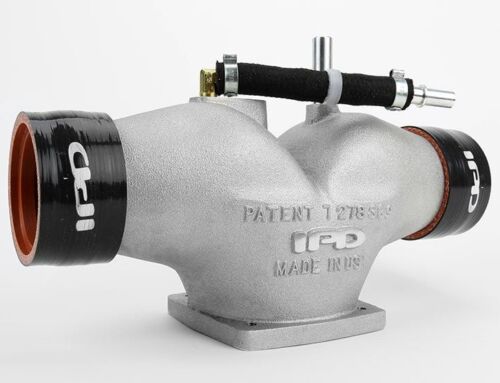Tunerworks Services:Brakes |
| |
Regular brake inspections identify worn out components that need to be replaced before causing damage to the entire system or putting you at risk. In this article, we’ll explain how brake systems work, the symptoms of faulty brakes, and what a typical brake service looks like. |

To take on steep, windy highways or stop-and-go city traffic with confidence, you need to know that your brakes are in good working order. Regular brake inspections identify worn out components that need to be replaced before causing damage to the entire system or putting you at risk. In this article, we’ll explain how brake systems work, the symptoms of faulty brakes, and what a typical brake repair looks like.
Our complimentary “Tunerworks Service Inspection Report” is included with your regular Oil Service every 8,000kms. Part of this report includes a detailed brake inspection, complete with pictures and/or video which we text or email directly to you. We take the guesswork out of vehicle repair and maintenance by showing you exactly what the technician sees. This way, you know precisely what work you are authorizing us to perform.
How Do Brakes Work?
Braking is caused by the friction resulting from callipers pressing brake pads against spinning rotors. The rotors are disks that are attached to your vehicle’s wheels – when your wheel spins, so do the rotors. By stepping on the brakes, you cause the brake callipers to squeeze the rotors with the brake pads, causing friction and slowing the car. Imagine you were going to try to slow a spinning wheel with your hand while wearing thick gloves. Your hand would be like the calliper (doing the squeezing) and the glove is the brake pad (creating the friction).
Callipers are hydraulic, meaning that they rely on fluid to translate the pressure from your foot on the brake pedal into braking action. When you depress the brake pedal, you engage the hydraulics, which triggers the callipers, which press the brake pads into the rotors, creating the friction that will slow or stop the vehicle. Each part is crucial for proper reliable function.
Symptoms of Faulty Brakes
There are myriad symptoms of faulty brakes from the obvious, “my car doesn’t slow down very well” to odd noises, strange feelings, and even funny smells. Here is a list of the most common things you may notice that should bring about a visit to our shop.
- A warning light will appear on your dashboard to indicate problems with fluid pressure, fluid levels, and leaks. In vehicles equipped with a “low pad indicator”, a light will also warn of worn brake pads.
- Your ABS brake light will activate to indicate a problem specific to your anti-lock braking system.
- Your vehicle pulls to one side when you brake.
- The brake pedal feels less responsive than usual (many people describe it as “spongy”).
- Noises like grinding or squealing indicate that brake pads are near the end of their life, or gone altogether. You’ll want to get this fixed quickly to avoid damaging your callipers.
- If your steering wheel and brake pedal shake when you brake, you may have a warped rotor.
Typical Repairs
Normal brake services only involve replacing the pads and rotors. If maintained properly, callipers and hoses will far outlast pads and rotors, but do need to be replaced periodically, so we don’t replace those unless it is necessary. We perform visual and functional inspections to make sure callipers and hoses are working normally, and free of any damage.
Brake fluid needs to be flushed every 2 years, regardless of how much or how little you drive the vehicle. Brake fluid is hydroscopic, meaning it attracts and absorbs water, so over time, water will enter your braking system. Unless flushed, the water will corrode parts, such as calliper internals, leading to a costly repair.
How Long Does a Brake Service Take?
We typically like to have the vehicle for a morning or afternoon, depending on how much work is required. If you are getting new front and rear brakes, and a brake fluid flush, we will ask you to leave the vehicle for the day.
As soon as you hear, see, or feel any of the warning signs listed above, call or text us at (403) 398-9833. This number goes out to our whole team simultaneously, to ensure that you get an immediate response.
How Can I Reduce Brake Wear?
The easiest way to reduce brake wear is by driving more slowly, and braking more gradually. Coming to a full stop from 110kmh uses a third more energy than stopping from 95kmh, and that energy comes directly from your brakes. The motion of your car is kinetic energy (half your car’s mass x the square of its speed), so every extra kilometer per hour adds exponentially more wear on your brakes.
Are you in need of a brake service? Just give us a shout, we would love to give you a hand.




